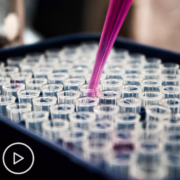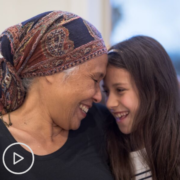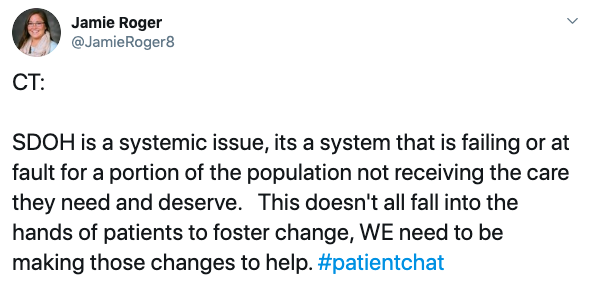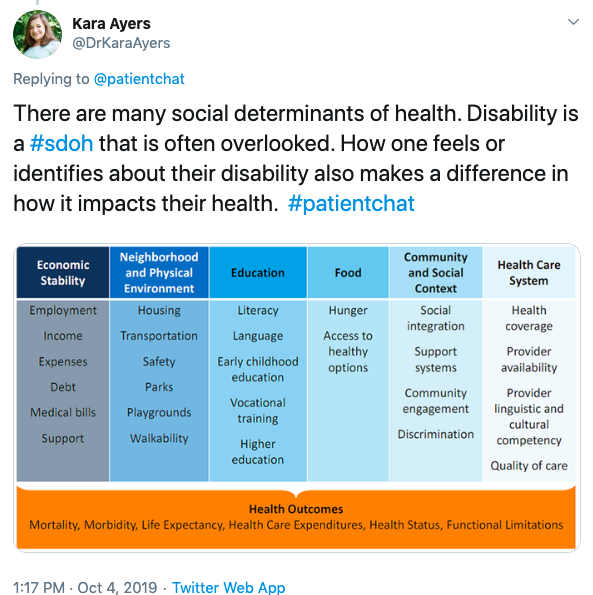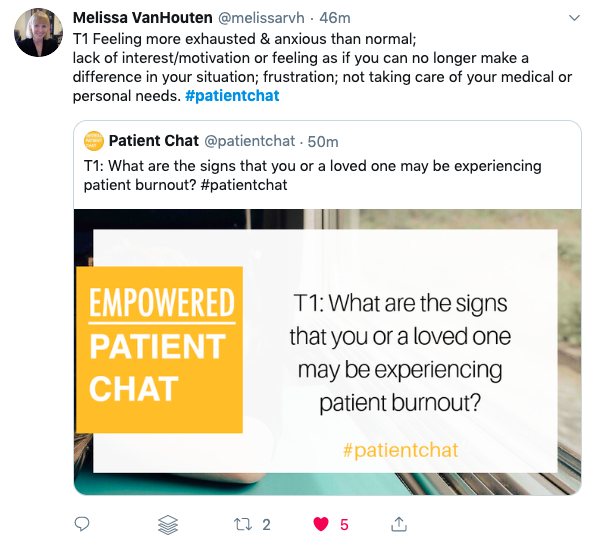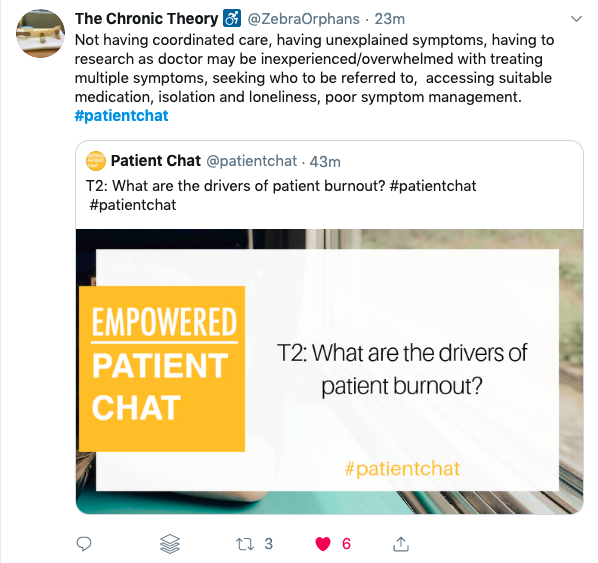What is Acute Myeloid Leukemia?
Introduction to Acute Myeloid Leukemia
If you have been diagnosed with Acute Myeloid Leukemia, or someone close to your heart has been, you may be understandably concerned or fretful. Regardless of the type or where it appears in the body, cancer is one of the greatest causes of concern.
Cancer is the accumulation of abnormally proliferating cells that form an abnormally growing mass called a tumor. The cancer cells in a tumor grow and divide rapidly and are no more under regulation by the normal signaling mechanism.
Typically, cancer may be either benign or malignant. Benign cancer cells remain confined to the area of origin (such as a skin wart). Malignant cancer means the unregulated cells invade the surrounding structures and eventually spread throughout the body via the circulatory or lymphatic system. Eventually, malignant cancer compresses vital structures and compromises their functions.
What is Acute Myeloid Leukemia?
Acute Myeloid Leukemia (AML) is a cancer of the blood and bone marrow, as suggested by the term Leukemia. Bone marrow is the spongy tissue within the bone where blood cells are produced.
In this cancer, too many immature white blood cells form and interfere with normal blood cells. AML affects myeloid cells, a group of blood-forming progenitor cells that mature into various blood cells such as Erythrocytes (red blood cells that supply oxygen, the platelets that clot blood after an injury), Monocytes, Basophils, Macrophages, and more.
AML is a malignant blood cancer. It is referred to as “acute” because the condition progresses rapidly.
You might hear your doctor refer your condition with names other than AML. Don’t get confused if your healthcare practitioner refers to it with the following names—all secondary terms for the same condition, Acute Myeloid Leukemia:
- Acute myelogenous leukemia
- Acute myelocytic leukemia
- Acute granulocytic leukemia
- Acute non-lymphocytic leukemia
The 5-year survival rate of AML is approximately 24% for people over 20 and about 10-15% in patients age 60 years and above. For people younger than 20, the 5-year survival rate is about 67%. Once diagnosed with AML, seek treatment as soon as possible because this is a rapidly deteriorating condition that spreads quickly to other parts of the body such as:
- Spleen
- Lymph nodes
- Liver
- Brain and spinal cord
- Testicles
Now that you’ve understood what AML is, let’s talk about what causes AML, the symptoms associated with it, its treatment and post-treatment effects.
Causes and risk factors of AML
The exact reason why someone develops AML is not completely understood. However, researchers claim certain risk factors predispose a person to the condition, including:
- Increasing age
- Gender (males are susceptible to developing AML than females)
- Exposure to toxins such as tobacco smoke
- Exposure to certain chemicals like benzene (a solvent present in industrial emissions and petroleum refinery waste), detergents, pesticides, etc.
- Exposure to Ionizing radiation
- History of autoimmune disease (e.g., Psoriasis, Rheumatoid Arthritis, Autoimmune Hemolytic Anemia, Aplastic Anemia, etc.)
- Medications of autoimmune disease (e.g., corticosteroids, anti-inflammatory agents, and immunosuppressive agents)
- Chemotherapy for the treatment of other malignancies
- Pre-existing disease or syndrome (e.g., Down’s Syndrome)
- Infections (tuberculosis, pneumonia, intestinal infections, septicemia, hepatitis C, etc.)
- Underlying genetic predisposition (e.g., family history of AML)
Signs and symptoms of Acute Myeloid Leukemia
The World Health Organization (WHO) classifies and categorizes AML and its symptoms into different groups based on the affected cell type and the causative factors. Early symptoms are generally flu-like and include:
- Fatigue
- Anemia
- Anorexia
- Fever
- Lost appetite
- Weight loss
- Sweating at night
AML can involve the red blood cell line and may have the following additional symptoms:
- Dizziness
- Weakness
- Pale skin
- Irregular heartbeat
- Cold peripheries
- Shortness of breath
- Headache
If you have the type of AML that affects the white blood cells, you will be vulnerable to serious infections that take a long time to treat. The following symptoms will be noted:
- Fever
- Weakness
- Muscle aches
- Diarrhea
Having AML with malfunctioning platelets leads to inappropriate blood clotting with the following symptoms:
- Easy bruising
- Bleeding gums
- Bleeding that is hard to impede
- Small red spots under your skin caused by bleeding
- Nose bleeding
- Sores that are difficult to heal
Invading leukemia spreads to other body parts, impairing their function too. The symptoms of AML in later stages are:
- Balance issues
- Blurring of vision
- Bone or joint pain
- Numbness in your face
- Seizures
- Spots or a rash on your skin
- Swelling in your belly
- Bleeding gums
- Swollen glands in your groin, underarms, neck or superior to your collarbone
If you have any of the symptoms above, set an appointment with your healthcare professional as soon as possible. You might be suffering only from influenza or some other minor condition, but you should always rule out serious causes of concern. Explain your symptoms to your doctor who will take all the necessary steps to screen you for AML.
Diagnosis of AML
Your doctor may recommend specific tests to screen you for AML, as follows.
1. Blood tests
Patients with AML have increased numbers of white blood cells (WBCs) and reduced numbers of red blood cells (RBCs) and platelets. Immature cells called blast cells (myeloblasts) that are normally present in bone marrow but not in blood are also detected.
2. Bone marrow test
For the confirmation of diagnosis, your doctor will recommend a bone marrow test. In this biopsy a sample is taken from your marrow using a needle (commonly from the hipbone) and sent to a lab for testing.
3. Other tests
Other tests such as the lumbar puncture (spinal tap) and genomic testing might also be required. The WHO classification of AML guides diagnosis and directs the treatment plan.
If your doctor confirms that you have AML, you may need to undergo further tests to determine its subtype and the extent of the spread of cancer in your body. The subtype of AML is established by examining the appearance of your cells under a microscope. Another special laboratory test may also be needed to identify the characteristics of your cells. Determination of your AML subtype directs the doctor for the type of treatment you will need.
Treatment plan for AML
The treatment of AML depends upon factors like your age, overall health status, the subtype of AML and your tolerance status. Although AML was previously an incurable condition, it is now cured in 35-40% of patients who are younger than 60 years of age. For the elderly, the prognosis is still evolving with time. The treatment is pursued in two phases.
1. Induction therapy
In the first phase, the leukemic cells in the blood and bone marrow are targeted. The aim of this phase is to achieve complete remission (CR) of cancer cells. Intensive treatment is given using an anthracycline and cytarabine regimen. Daunorubicin or Idarubicin is given at a typical dose of 60-90mg/m2 and 10-12 mg/m2 respectively on days 1, 2 and 3 of the treatment along with a cytarabine infusion (100 mg/m2/daily for seven days (days 1 to 7). However, your oncologist will determine the exact dose needed for you.
Remission Induction Therapy, on the other hand, does not eliminate all the cancerous cells altogether. This makes further treatment imperative to prevent a relapse of the condition. It has been found that in 65%–73% of young patients complete remission is achieved with this standard induction therapy while 38%–62% of patients over 60 years achieve CR. Patients having a mutation in FLT3 are treated with FLT3 inhibitor midostaurin along with the standard induction therapy.
In elderly patients, hypomethylating agents including decitabine and azacitidine are found to be beneficial as initial induction therapy and for relapse. Two to four cycles of this therapy are needed on an average to achieve an optimal response.
Patients who are suspected of acute promyelocytic leukemia (APL) are to be treated with all-trans retinoic acid (ATRA) even before confirmation of the diagnosis. This will prevent the development of coagulopathy and disseminated intravascular coagulation (DIC) induced by APL. The outcomes of complete remission are even better if arsenic (ATO) is used in combination. Chemotherapy should also be started as soon as the diagnosis is confirmed.
During this phase, the levels of WBC and fibrinogen, prothrombin time and partial thromboplastin time should be monitored at least twice a day, supported by aggressive transfusion if needed. In patients having a high WBC count, steroids should be given prophylactically particularly when ATRA-ATO combination therapy is being used to prevent differentiation syndrome.
2. Post-Induction therapy
The second phase is called post-induction therapy, consolidation therapy, maintenance therapy or intensification. It aims to get rid of the remaining cancerous cells of AML and is critical to prevent a recurrence.
In general, two main approaches to consolidation therapy exist:
- ChemotherapyChemotherapy is used in both the phases of AML treatment. Medicines are used to kill cancer cells. In this process, normal blood cells are also destroyed so a hospital stay is crucial for close observation and management of the patient.For patients younger than 60 years, four cycles of intermediate-dose of cytarabine is given at 1.5 g/m2 two times a day, on days 1, 3 and 5. This will effectively prolong remission and improve survival. However, transplantation is only reserved for a relapse.For patients more than 60 years, the standard dose of cytarabine used is 500–1000 mg/m2.
- Hematopoietic stem cell transplantation (bone marrow transplantation)A bone marrow transplant is typically done for particularly fit patients with intermediate to high-risk disease after complete remission. This remains the most effective long-term treatment for those who successfully get cured in the first round. Transplantation is considered for patients who:- Do not have any other co-morbidities
– Have successfully achieved complete remission
– Have a suitable donor available
The oncologist decides whether to opt for consolidation therapy or transplant, a decision largely individualized to each patient. Consolidation itself poses a risk of mortality or morbidity. A reduced-intensity allogeneic hematopoietic stem cell transplant may be considered for patients who are ineligible for a myeloablative transplant. This strategy has been found effective in older eligible patients and is becoming more common and clinically more accepted.
Relapse
Relapse occurs when major or minor remnants of leukemic cells expand that were present at the time of diagnosis or through newly developed mutations over time. Early relapse (within six months of the first complete remission), has a poor survival rate.
The prognosis is better for a second complete remission with late relapse, for those at a young age and in those with favorable genetics. A relapse therapy called salvage chemotherapy is done using Cytarabine, Fludarabine, Idarubicin as well as an MEC combination (including Mitoxantrone, Etoposide, and Cytarabine). For APL, the standard re-induction therapy includes the use of arsenic with or without ATRA.
What side effects should you expect?
Chemotherapeutic drugs work by killing rapidly dividing cells in your body. Unfortunately, these drugs also affect and destroy normal healthy cells. This affects the normal functioning of every organ in the body. The expected side effects are as follows:
- Nausea and vomiting
- Fatigue
- Diarrhea and constipation
- Hair loss
- Mouth sores
- Loss of appetite
- Easy bruising
- Increased risk for infections
Fortunately, these side effects are temporary and go away once the treatment is complete. Your doctor will treat you symptomatically to ease out side effects as possible.
Further, post-transplant immunosuppressive drugs help you avoid rejection and further complications. A suppressed immune system makes you vulnerable to other sprouting illnesses like infections, poor wound healing, and so on. Be watchful of your environment.
Coping with AML
Coping with cancer is extremely difficult in itself. On top of that, facing the world is another dilemma you need to face. Try to accept your condition and talk to your family and friends about your diagnosis. Let out your fear and gather yourself back. Stay composed and work things out so that everything falls in place in the best possible way for you.
Keep yourself protected from pollution and from people who can be potential sources of transmitted infections like flu, cough, tuberculosis (TB), and so forth. Viral infections would further complicate your already debilitating health. Some ways to avoid these complications are to use a face mask while going out, wear gloves before touching any potentially contaminated surface, wash your hands often, and eat whole organic foods.
Lastly, have faith in yourself and never stop fighting. Remember that after a deep dark night, there can be sunshine.
References
Cancer.net Editorial Board, (01/2019) Leukemia – Acute Myeloid – AML: Statistics. Obtained from: https://www.cancer.net/cancer-types/leukemia-acute-myeloid-aml/statistics
Cooper GM. The Cell: A Molecular Approach. 2nd edition. Sunderland (MA): Sinauer Associates; 2000. The Development and Causes of Cancer. Available from: https://www.ncbi.nlm.nih.gov/books/NBK9963/
De Kouchkovsky, I., & Abdul-Hay, M. (2016). ‘Acute myeloid leukemia: a comprehensive review and 2016 update’. Blood cancer journal, 6(7), e441. doi:10.1038/bcj.2016.50
Döhner, H., Estey, E., Grimwade, D., Amadori, S., Appelbaum, F. R., Büchner, T., … Bloomfield, C. D. (2017). Diagnosis and management of AML in adults: 2017 ELN recommendations from an international expert panel. Blood, 129(4), 424–447. doi:10.1182/blood-2016-08-733196
Döhner, H., Estey, E., Grimwade, D., Amadori, S., Appelbaum, F. R., Büchner, T., … Bloomfield, C. D. (2017). Diagnosis and management of AML in adults: 2017 ELN recommendations from an international expert panel. Blood, 129(4), 424–447. doi:10.1182/blood-2016-08-733196
Estey E, Döhner H. Acute myeloid leukaemia.Lancet. 2006 Nov 25;368(9550):1894-907. DOI: 10.1016/S0140-6736(06)69780-8
Kawamoto H, Minato N. Myeloid cells. Int J Biochem Cell Biol. 2004 Aug;36(8):1374-9. DOI: 10.1016/j.biocel.2004.01.020
Kristinsson, S. Y., Björkholm, M., Hultcrantz, M., Derolf, Å. R., Landgren, O., & Goldin, L. R. (2011). Chronic immune stimulation might act as a trigger for the development of acute myeloid leukemia or myelodysplastic syndromes. Journal of clinical oncology : official journal of the American Society of Clinical Oncology, 29(21), 2897–2903. doi:10.1200/JCO.2011.34.8540
Rachel Nall, Christina Chun. Survival Rates and Outlook for Acute Myeloid Leukemia (AML). Obtained from: https://www.healthline.com/health/acute-myeloid-leukemia-survival-rates-outlook
Saultz, J. N., & Garzon, R. (2016). Acute Myeloid Leukemia: A Concise Review. Journal of clinical medicine, 5(3), 33. doi:10.3390/jcm5030033


